Analyzing education system in Pakistan
This Article was published in
The Frontier Post (April 30, 2011)
Pakistan Observer (April 30, 2011)
By Hussain Mohi-ud-Din Qadri
According to an English language daily, Pakistan has been ranked last out of 14 Asian Pacific countries in a “School Report Card” investigating developing countries’ commitment to basic education. Pakistan received F grade, India E, Nepal F, Sri Lanka B, Bangladesh E, whereas the level of adult ILLITERACY in Pakistan, is 58.9 percent.
We spend less per pupil than most of our South Asian neighbors and charges user fees in full. Such low spending can only deliver pitiable results: two out of three Pakistani adults are illiterate, with the same proportion of secondary school age children out of school; four out of 10 children are missing primary school; and girls and women constitute a majority of those who are denied access to and an equal chance for complete basic education. In addition, Pakistan’s primary school teachers are overworked and under trained. In all aspects, there is clearly little quality and state action and commitment in the public education.
The scale of children missing out on access to basic education: 45.3 percent have no access to early childhood care and education: 40.3 percent to primary school, and 76.1 percent to secondary school. The level of adult illiteracy in Pakistan is one of the three highest in this report at 58.9 percent.
Pakistan’s favourable cost per pupil rating is offset by a poorly trained teacher per pupil ration (51 pupils to every trained teacher) – perhaps indicating that investments in education should be spent more judiciously on quality learning inputs such as teachers training or in mobilizing female teachers. On gender equality, Pakistan ranks 13th, with 20 percent marks. Malaysia and Sri Lanka tie for the first place on this count.
Another problem of our education system is the existence of multiple languages of Instructions in the country. All the nations who developed and progressed taught and educated their people in their native language. Germany, France, Italy, Japan, China and many other nations are relevant examples in this regard. In Pakistan, we are so much inspired/impressed by Britain that we have imposed English as the mode of instruction at most of the educational institutions. Being an international language, English is a necessity today. So we cannot ignore the importance of the English language and should embed it as a foreign language from class one till Masters. But we must focus our attention on increasing the prospects of our children learning fast through the introduction of national language as the main medium of instructions at the initial level. Enough research is available to prove the point that the children are more receptive to new ideas if those are imparted in the local language they are most familiar with.
The educational system in Pakistan is divided into five major levels. The pre-university education consists of four levels: the primary level (grades one to five), the middle level (grades six to eight), the high level (grades nine and ten, culminating in matriculation), and the intermediate level (grades eleven and twelve, leading to a diploma in arts or science). There is also a university level, which leads to undergraduate and graduate degrees.
The Pakistani educational system is highly centralized. The Ministry of Education is in charge of coordinating all institutions involved in academic and technical education, up to the intermediate level. For education programs above that level, there is a government-designated university in each of four Pakistani provinces of Sind, Punjab, Baluchistan, and the North West Frontier. These universities are responsible for coordinating instructions and examinations of all post-secondary institutions in their respective province. Apart from the Ministry of Education, other ministries may oversee certain degree programs of relevance to their activities.
Private and nonprofit schools and universities have begun to appear in Pakistan. These include the Lahore University of Management Sciences and the Aga Khan Medical University in Karachi. As privately funded universities, they provide an opportunity for higher education for a small percentage of people who do not have a chance to pursue their studies at publicly funded universities, which have limited annual admissions.
Despite the intentions of the Pakistani government, the educational system has failed to eradicate illiteracy in the post-independence era. It has also failed to train an adequate number of professionals to meet the needs of the country in different fields, which has been a major hindrance to the nation's economic development. The government-implemented reforms of the 1950s, 1960s, and 1970s did not address these deficiencies. By and large, they focused on replacing English, the colonial language of education with Urdu, the language of most Pakistanis. The reforms of the 1970s also led to the nationalization of schools.
Facing the continued shortcomings of the educational system, the Pakistani government implemented new reforms in the late 1980s and early 1990s. These took the form of three major initiatives. The government privatized the schools nationalized in the 1970s. It also reversed the process of promoting Urdu as the language of education and encouraged a return to English language in the elite private schools.
Finally, the government emphasized Pakistani studies and Islamic studies as two major fields in the curriculum. This was a shift from colonial education's emphasis on British history and English culture and literature.
The reforms of the post-independence era have improved the educational system and increased the number of literate Pakistanis, but there are still basic shortcomings. Educational funding is low, and there is little political will to make improvements. For example, in the 1999–2000 school-year, the government spending on education was about $1.8 billion, equal to 2.1 percent of Pakistan's gross national product (GNP). This amount represents a decrease from the period 1995–1997, when government expenditure on education equaled 2.7 percent of GNP, which itself was an insignificant figure for a country of approximately 144 million (2001 estimate), whose population is increasing at the annual rate of 2.4 percent.
Pakistan's expenditure on education is even significantly lower than that of India, a nation more or less at the same developmental level, with a much larger population and a heavier financial burden. During the period 1995–1997, India's expenditure on education was 3.2 percent of its GNP. In short, Pakistan's expenditure on education is not enough to meet the growing demand for educational services for the nation's increasing young population.
According to official statistics, the Pakistani literacy rate was 47 percent in 2000. This rate may be exaggerated, as the United Nations Development Programme (UNDP) statistics for 1998 suggest a literacy rate of 44 percent. According to the UNDP statistics for 1998, India's literacy rate was 55.7 percent, far above that of Pakistan.
The Pakistani educational system has demonstrated a discriminatory trend against women. This bias is evident in the pattern of literacy, which shows a strong correlation between gender and literacy rates. The illiteracy rate is very high among Pakistani women of all age groups. In 1998, the adult illiteracy rates were 42 percent for males and 71.1 percent for females. In the same year, the illiteracy rate for male youth and female youth was 25 and 53 percent, respectively. This gender-based discriminatory trend in education has contributed to the persistence of illiteracy and to a chronic shortage of educated people and has had a major impact on the continued underdevelopment of Pakistan.
(The writer is a PhD candidate currently based in Australia)


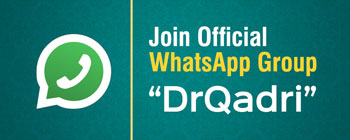



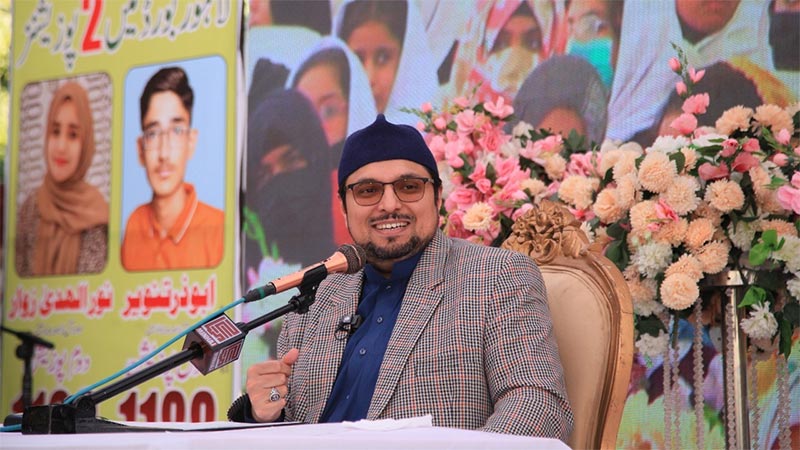
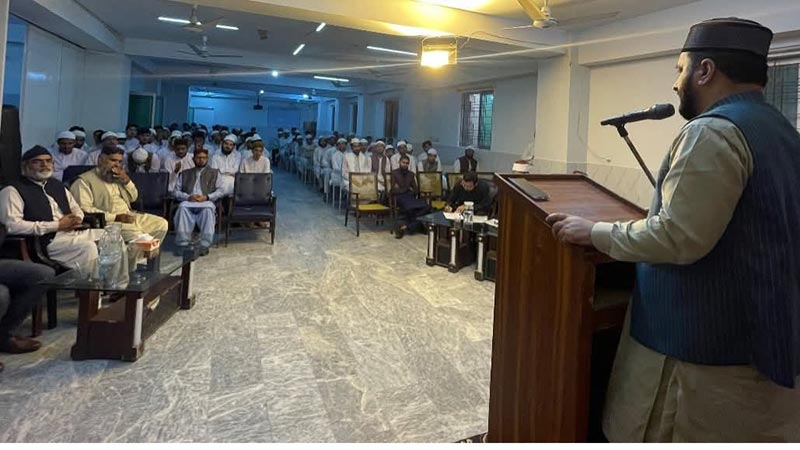

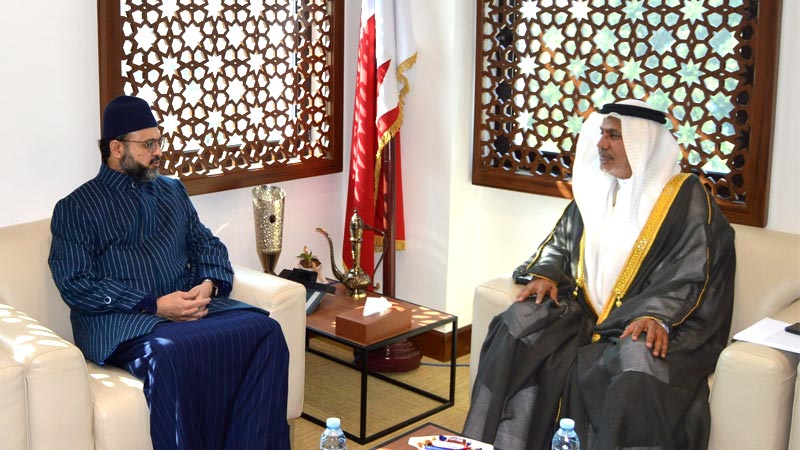
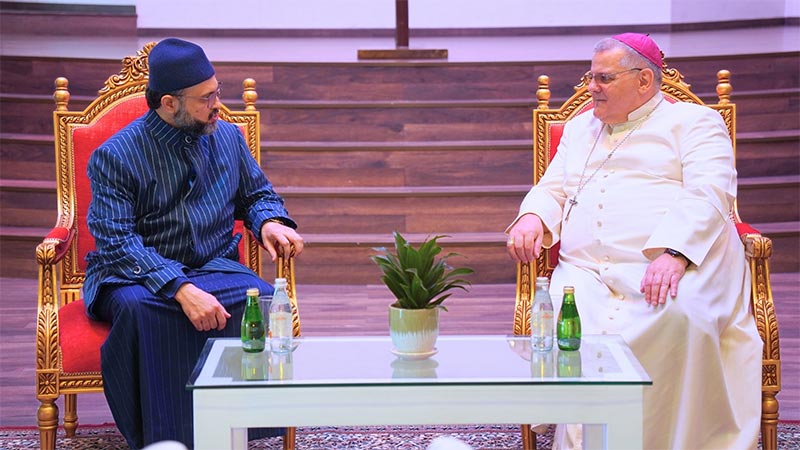

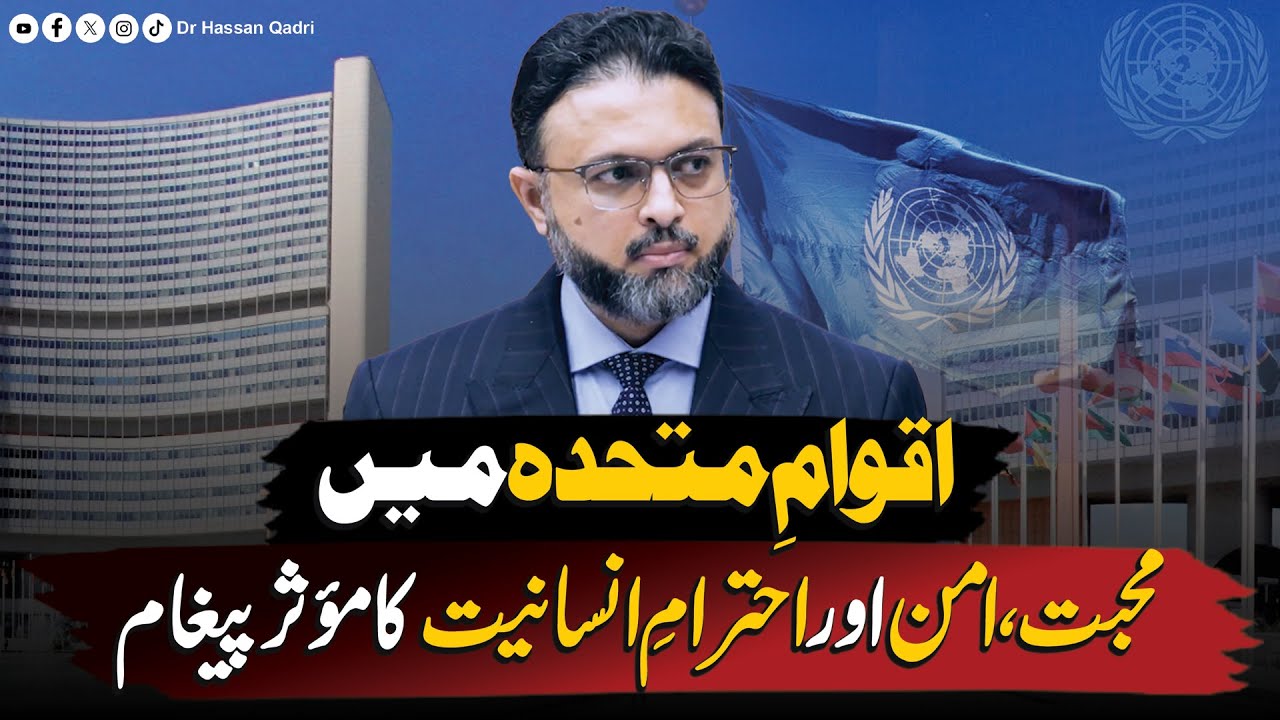
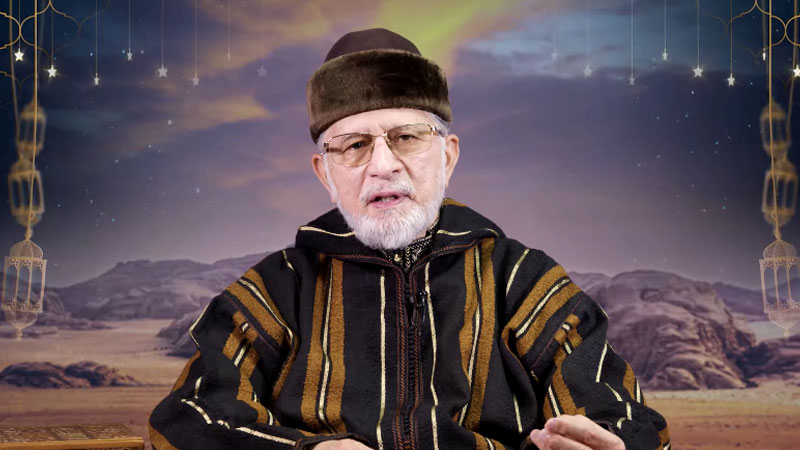
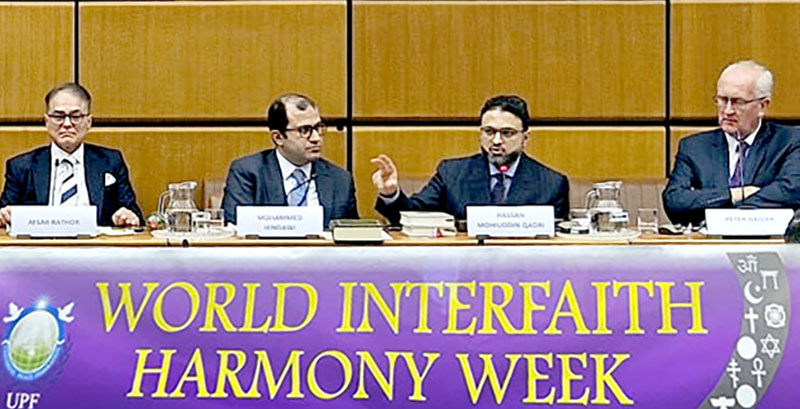





Comments